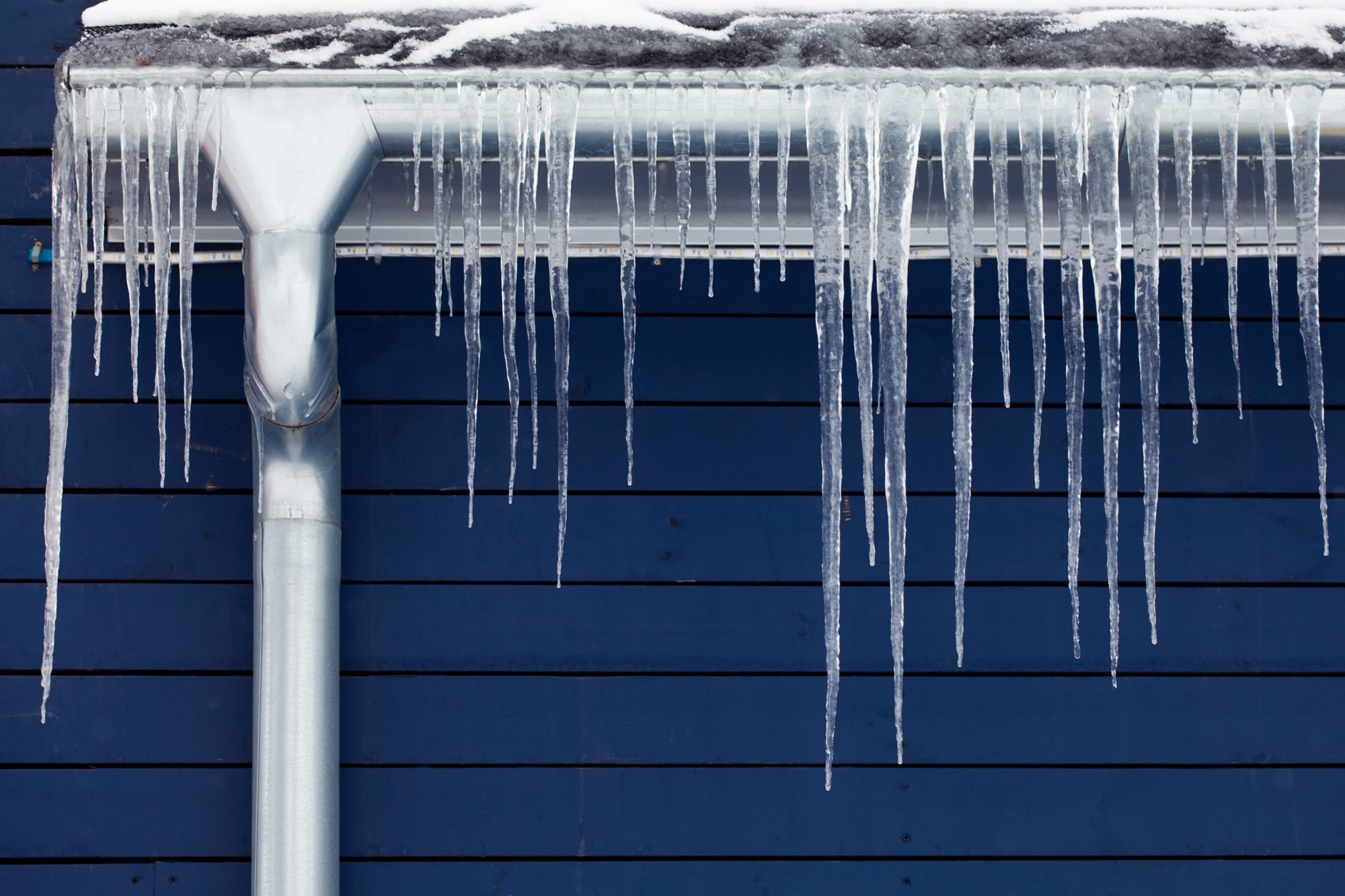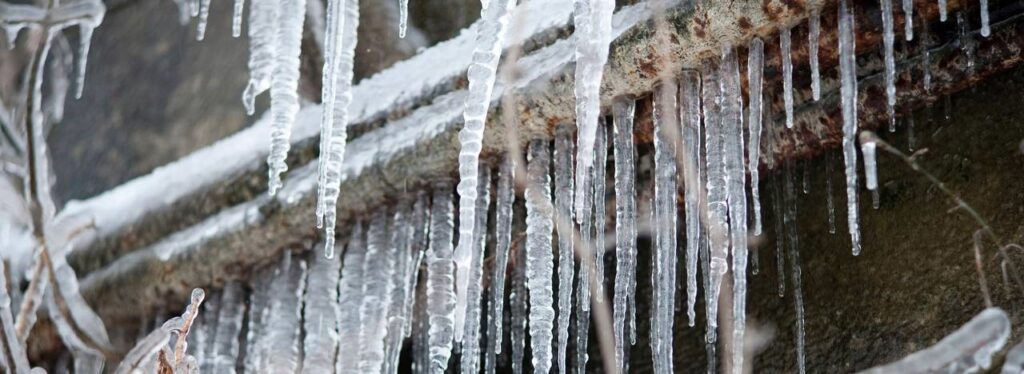Important Tips to Avoid Frozen Pipes in Cold Weather: Specialist Guidance
Important Tips to Avoid Frozen Pipes in Cold Weather: Specialist Guidance
Blog Article
Were you searching for critical information around How to prepare your home plumbing for winter weather?

Cold weather can damage your pipes, specifically by freezing pipes. Here's exactly how to avoid it from taking place and what to do if it does.
Intro
As temperature levels drop, the danger of frozen pipelines rises, possibly resulting in pricey repairs and water damages. Understanding just how to avoid frozen pipes is crucial for property owners in cool environments.
Avoidance Tips
Insulating susceptible pipes
Cover pipes in insulation sleeves or utilize heat tape to secure them from freezing temperatures. Concentrate on pipes in unheated or outside locations of the home.
Heating techniques
Keep indoor spaces properly warmed, particularly locations with pipes. Open cabinet doors to enable warm air to distribute around pipes under sinks.
How to recognize frozen pipes
Search for reduced water flow from faucets, uncommon smells or sounds from pipes, and visible frost on revealed pipes.
Long-Term Solutions
Structural changes
Think about rerouting pipes far from exterior walls or unheated locations. Add added insulation to attics, cellars, and crawl spaces.
Upgrading insulation
Buy top notch insulation for pipes, attics, and walls. Correct insulation helps keep consistent temperature levels and decreases the threat of frozen pipes.
Safeguarding Exterior Plumbing
Garden pipes and exterior faucets
Detach and drain yard tubes before wintertime. Install frost-proof spigots or cover outdoor faucets with protected caps.
Recognizing Icy Pipelines
What causes pipelines to freeze?
Pipelines freeze when revealed to temperatures below 32 ° F (0 ° C) for expanded periods. As water inside the pipelines freezes, it increases, putting pressure on the pipeline walls and potentially creating them to rupture.
Threats and damages
Frozen pipelines can lead to supply of water disturbances, property damage, and expensive fixings. Burst pipelines can flooding homes and cause comprehensive structural damage.
Indications of Frozen Water Lines
Recognizing icy pipelines early can avoid them from rupturing.
What to Do If Your Pipes Freeze
Immediate actions to take
If you think frozen pipelines, maintain taps open to soothe stress as the ice melts. Make use of a hairdryer or towels soaked in warm water to thaw pipes gradually.
Final thought
Preventing frozen pipes needs aggressive steps and fast reactions. By recognizing the causes, indications, and safety nets, property owners can shield their plumbing throughout winter.
6 Proven Ways to Prevent Frozen Pipes and Protect Your Home
Disconnect and Drain Garden Hoses
Before winter arrives, start by disconnecting your garden hoses and draining any remaining water. Close the shut-off valves that supply outdoor hose bibs and leave the outdoor faucet open to allow any residual water to drain. For extra protection, consider using faucet covers throughout the colder months. It’s also important to drain water from any sprinkler supply lines following the manufacturer’s directions.
Insulate Exposed Pipes
Insulating your pipes is an effective way to prevent freezing. Pipe insulation is readily available at home improvement stores and is relatively inexpensive. Pay close attention to pipes in unheated areas such as the attic, basement, crawl spaces, or garage. Apply foam insulation generously to create a buffer against the cold. You can also wrap your pipes in heat tape or thermostat-controlled heat cables for added warmth.
Seal Air Leaks
Inspect your home for any cracks or openings that could let in cold air. Seal any holes around the piping in interior or exterior walls, as well as the sill plates where your home rests on its foundation. Additionally, make sure to keep your garage door closed unless you’re entering or exiting. Leaving it open creates a significant air leak that can lead to frozen pipes.
Allow Warm Air Circulation
During cold snaps, it’s essential to allow warm air to circulate evenly throughout your home. Leave interior doors ajar to promote better airflow. Open kitchen and bathroom cabinets to help distribute heat consistently around the rooms. If you have small children or pets, be sure to remove any household chemicals or potentially harmful cleaners from open cabinets for safety.
Let Faucets Drip
A small trickle of water can make a big difference in preventing ice formation inside your pipes. When temperatures drop significantly, start a drip of water from all faucets served by exposed pipes. This continuous flow helps prevent the water from freezing. Additionally, running a few faucets slightly can relieve pressure inside the pipes, reducing the chances of a rupture if the water inside does freeze.
https://choateshvac.com/6-proven-ways-to-prevent-frozen-pipes-and-protect-your-home/

Do you really like reading up on Winter Plumbing Precautions: Preventing Frozen Pipes? Put a comment below. We'd be delighted to know your opinion about this blog. We hope that you visit us again in the near future. Please take a moment to distribute this blog post if you liked it. Many thanks for your time spent reading it.
Call Today Report this page